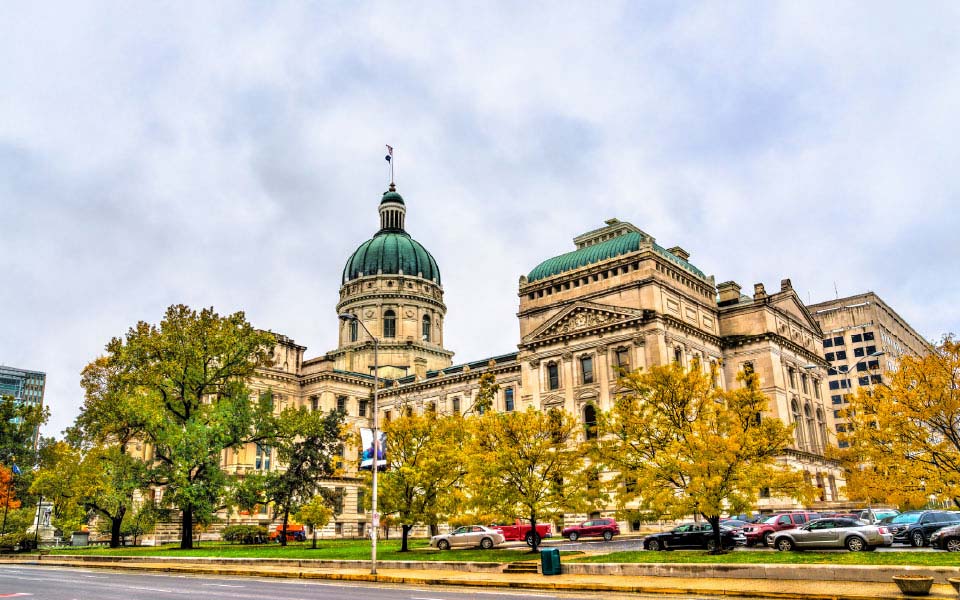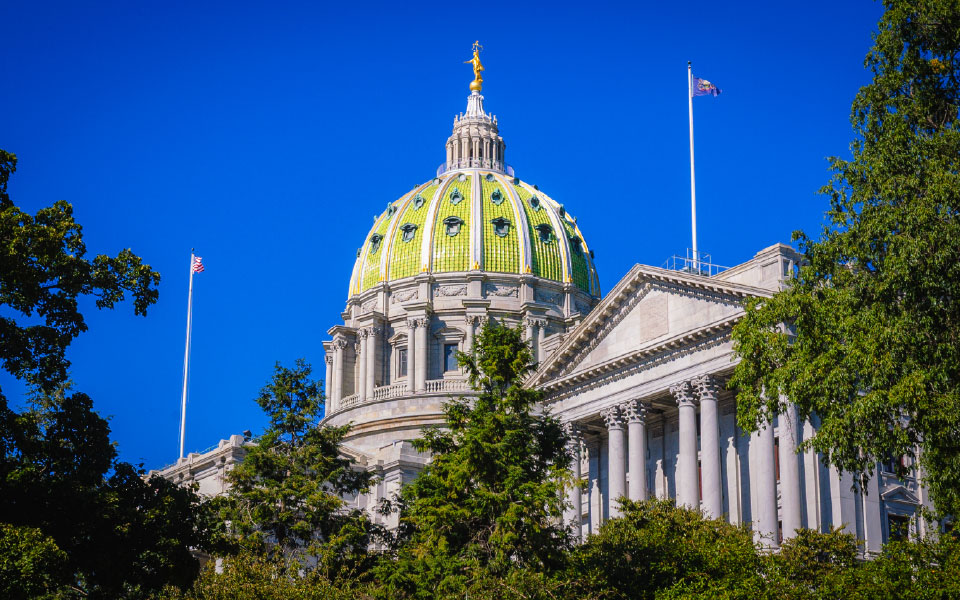After months of debate, the One Big Beautiful Bill Act (OBBBA) cleared Congress and was signed by the president on July 4, 2025. While many headline provisions (eliminating tax on tips, permanent TCJA extensions, expanded HSAs) grabbed attention, the final law pared back much of what would have reshaped the nonprofit sector.
Below are the provisions that did survive and what they mean for tax-exempt organizations.
Giving Incentives: A New Universal Deduction—But Also New Floors
| Provision | What Changes | Why It Matters |
|---|---|---|
| Universal charitable deduction | Non-itemizers may deduct up to $1,000 (single) or $2,000 (married filing jointly). | Modeled on the bipartisan Charitable Act, the incentive could channel ≈ $74 billion to nonprofits over 10 years by broadening the donor base. |
| Itemized-giving floors | A 0.5 % floor now applies to individual itemized gifts; a 1 % floor applies to corporate itemized gifts. | The floors raise revenue to fund other parts of OBBBA but may curb very large gifts above the threshold. Development teams should recalibrate “stretch-gift” campaigns. |
CBIZ insight: : Impacted charitable organizations should pair messaging on the new universal deduction with targeted outreach to legacy itemizers who may see diminished marginal value in oversized gifts.
Endowment Excise Tax: Higher Rates, Lower Thresholds
Beginning with tax years starting after Dec. 31, 2025, colleges and universities face steeper excise-tax rates on net investment income:
- 1.4% on student-adjusted endowments amounts ≥ $500,000 and ≤ $750,000 (unchanged)
- 4% on amounts > $750,000 and ≤ $2 million
- 8% on amounts > $2 million
These tax rates apply to private colleges and universities with an adjusted endowment of at least $500,000 and enroll at least 3,000 tuition-paying students (including part-time) who are located in the U.S.
Institutions formerly outside the tax’s reach may now be captured, and those already paying 1.4% could see a threefold increase.
CBIZ insight: Impacted colleges and universities should run multiyear cash flow models now; rate hikes will flow directly through to net tuition revenue targets and capital campaign timelines.
Excess-Compensation Excise Tax Expanded
The existing 21% excise tax on compensation exceeding $1 million no longer applies only to a nonprofit’s five highest-paid employees. For taxable years beginning after Dec. 31, 2025, OBBBA extends the tax to all current and former employees since 2017 who meet the threshold, including severance and deferred-comp payouts.
CBIZ insight: Review retention bonuses, split-dollar life-insurance plans, and supplemental retirement agreements; previously grandfathered packages may now trigger the tax.
New Credit for Scholarship Granting Organizations (SGOs)
Individual taxpayers receive a non-refundable credit equal to the greater of 1 % of AGI or $5,000 for cash contributions to qualified SGOs that fund K–12 tuition scholarships.
CBIZ insight: SGOs should align state-level tax-credit campaigns with the new federal incentive and update solicitation materials before the 2025 giving season.
Action Checklist for 2025-26 Planning
- Update gift chart scenarios to reflect the universal deduction’s upside and itemized-giving floors’ downside.
- Model endowment-tax exposure under the new brackets; adjust spending policies or payout rates accordingly.
- Audit executive-comp packages — especially severance and tail obligations — for expanded excise tax reach.
- Coordinate with SGOs if your mission overlaps with K-12 education; co-branded campaigns can amplify the new credit.
- Refresh board education decks—OBBBA is law, but IRS guidance will fill in the gaps. Prepare governing bodies for rapid policy tweaks.
Looking Ahead
OBBBA’s nonprofit provisions are narrower than early drafts, yet they still carry real dollar impacts. Insight alone, however, isn’t the finish line—insight that transforms is the edge.
Need to quantify how these changes hit your budget or capital plan?
Reach out to a CBIZ not-for-profit tax specialist today. We’ll walk the path with you—from the big picture to the bottom line.
© Copyright CBIZ, Inc. All rights reserved. Use of the material contained herein without the express written consent of the firms is prohibited by law. This publication is distributed with the understanding that CBIZ is not rendering legal, accounting or other professional advice. The reader is advised to contact a tax professional prior to taking any action based upon this information. CBIZ assumes no liability whatsoever in connection with the use of this information and assumes no obligation to inform the reader of any changes in tax laws or other factors that could affect the information contained herein. Material contained in this publication is informational and promotional in nature and not intended to be specific financial, tax or consulting advice. Readers are advised to seek professional consultation regarding circumstances affecting their organization.
“CBIZ” is the brand name under which CBIZ CPAs P.C. and CBIZ, Inc. and its subsidiaries, including CBIZ Advisors, LLC, provide professional services. CBIZ CPAs P.C. and CBIZ, Inc. (and its subsidiaries) practice as an alternative practice structure in accordance with the AICPA Code of Professional Conduct and applicable law, regulations, and professional standards. CBIZ CPAs P.C. is a licensed independent CPA firm that provides attest services to its clients. CBIZ, Inc. and its subsidiary entities provide tax, advisory, and consulting services to their clients. CBIZ, Inc. and its subsidiary entities are not licensed CPA firms and, therefore, cannot provide attest services.















